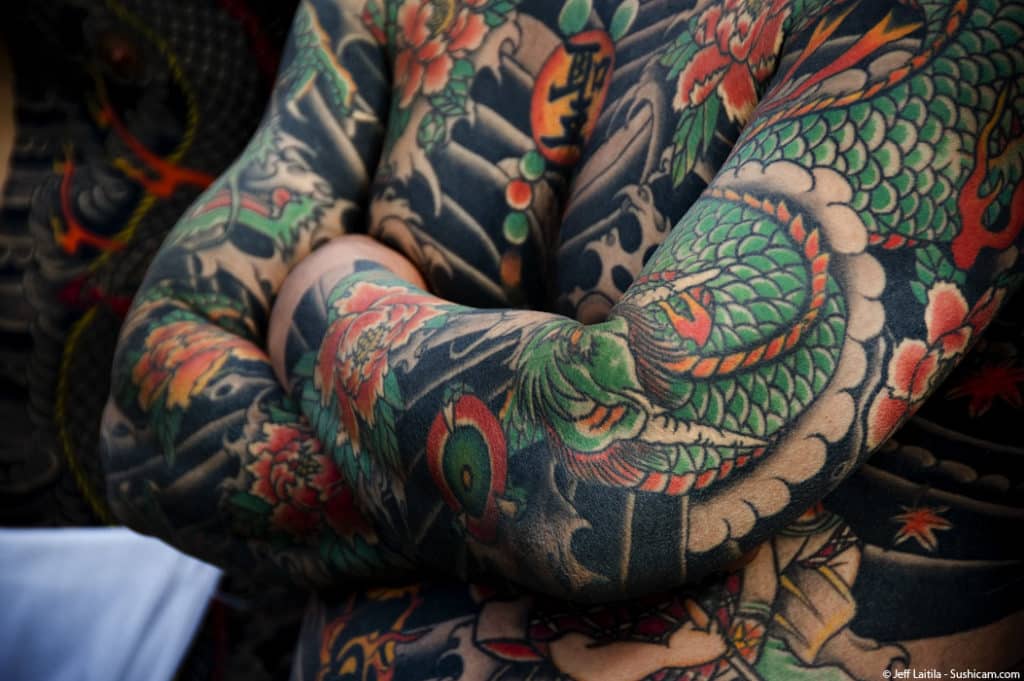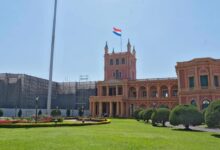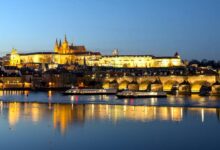Nepal’s Top 10 Export Products
Nepal mainly exports carpets, beverage, textile, tea and plastic. Its main export partners include India, the US, Bangladesh and Germany. Nepal mainly imports fuel, apparel, gold, iron and steel, machinery and equipment. India, China, the UAE, Indonesia and Thailand are main import partners.

Strategically located between economic powerhouses China and India, the Federal Democratic Republic of Nepal shipped US$708.6 million worth of goods around the globe in 2016, down by -20% since 2009 when the Great Recession kicked in but up by 7.3% from 2015 to 2016. A landlocked central Himalayan country in South Asia, Nepal’s top 10 exports accounted for almost three-quarters (72.3%) of the overall value of its global shipments.
Nepal top 10 exports account for roughly two-thirds (66.1%) of the overall value of its global shipments. Manmade staple fibers was the fastest-growing among the top 10 export categories, up by 36.8% from 2018 to 2019. In second place for improving export sales was paper yarn and woven fabric which rose 33%.
Nepalese food industry waste and animal fodder posted the third-fastest gain in value up by 30.6%. The greatest decliner among the top 10 Nepalese export categories was the textile floor coverings category, down -8.5% year over year.
At the 2-digit Harmonized Tariff System code level, the following export product groups represent the highest dollar value in Nepalese global shipments during 2018. Also shown is the percentage share each export category represents in terms of overall exports from Nepal.
- Animal/vegetable fats, oils, waxes: US$242.4 million (24.7% of total exports)
- Manmade staple fibers: $87.5 million (8.9%)
- Textile floor coverings: $82.9 million (8.5%)
- Coffee, tea, spices: $45.6 million (4.7%)
- Plastics, plastic articles: $43.2 million (4.4%)
- Beverages, spirits, vinegar: $42.8 million (4.4%)
- Miscellaneous textiles, worn clothing: $42.5 million (4.3%)
- Clothing, accessories (not knit or crochet): $39.9 million (4.1%)
- Paper yarn, woven fabric: $34.8 million (3.5%)
- Iron, steel: $32.7 million (3.3%)
Nepal’s top 10 exports accounted for 70.9% of the overall value of its global shipments. Nepal’s main trading partners are India, China, Bangladesh, and USA.
List of Export & Import Companies of Nepal
1. Air Bridge Cargo, Kathmandu
Air Bridge Cargo, is Established at Himalayan Country of Nepal on 2004 to provides world class service like building a bridge in air. It is a synonym of guarantee and reliability no matter what you are sending and where it will be. A well experienced group of people are engaged in this company, who has 14 years of working knowledge in this cargo and Export field in Nepal.
In the changing present global scenario, export oriented customers prefer a single source supply of integrated customized solution to avoid wastage of valuable time, money and unnecessary hassles.
Because of such consolidated service requirements and taking the fact into strong consideration, Air Bridge Cargo came into being to provide a growing array of services, which makes us a one-stop-shop for all Air and Land-Sea based express and cargo service.
Ref. Website: https://www.airbridgecargo.com.np/
2. Buddhaland Export, Kathmandu
Buddhaland Export is one of the experience Export / Import and freight forwarding company in Nepal. We Provide our clients with a full and comprehensive range of Export/ Import & freight forwarding services.
We can handle all kind of goods to export from Nepal. To Export the goods from Nepal to third country by air /sea following documents are required. We prepared the documents as per customes requirements to any destination, only government registered company/firms can make the export documents.
The Buddhaland Export have fully computerized documentation System & our teams are expert to prepare cargo/export documentations.
Ref. Website: https://www.buddhalandexport.com/
3. Pacific Freight, Kathmandu
Pacific Freight is leading international cargo forwarding & courier service provider from Nepal and our main goal is to serve our customers with the high satisfaction & promptness. Pacific Cargo Nepal is a registered company in Government of Nepal with its office and warehouse located in Thame, Kathmandu. It managed by a team of dedicated cargo professional.
Pacific Freight has been operating in transportation market since 2005. We began our business from exporting handicrafts, carpets and garments to the UK, USA, German and France. Based in Nepal the company is engaged in providing high class customer friendly services to client in the field of freight forwarding, freight shipping, custom clearance and shipping agents. The company has a close liaison and extremely good relations with various government authorities related with shipping, air cargo, transportation and fair and Exhibition.
Ref. Website: https://pacificcargonepal.com/
4. Air Link Freight, Kathmandu
Air Link Freight, which designed to introduce ourselves, the services which we supply, and to develop the whole work. You will find in this web site everything you expect of services from your logistic partner.
Standing as an international professional logistics service provider, Ensign works with the vision of one company, total services and solutions. To actualize this vision, the devoted Ensign team and a global network are our key means.
Since 2009 when Air Link Freight has been founded until now; and it involved to work on the services development, which resulted a world wide network of relationships spanning the five continents, keeping on one purpose which is upgrading to what offer for the clients within the logistic sectors, reflecting a efficiency image of the Nepalese company within the global and international transactions
We must emphasize on the important fact; that Aryan freight will not hesitate to apply the values of honesty, transparency, respect, achieving and protecting the interests of our clients, and the local society; will continue moving forward more of the progress and expansion, to participate our partners these successes.
Ref. Website: https://www.nepalairfreight.com
Nepal Handicraft Collection
-
Sale!
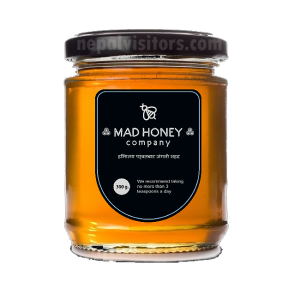
Himalayan Mad Honey
Original price was: $125.00.$90.00Current price is: $90.00. Add to cart -
Sale!
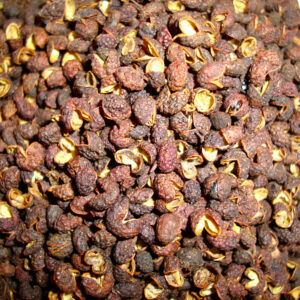
Nepali Timmur
Original price was: $9.00.$7.00Current price is: $7.00. Add to cart -
Sale!

100% Cashmere Travel Wrap Poncho
Original price was: $15.00.$13.00Current price is: $13.00. Add to cart -
Sale!
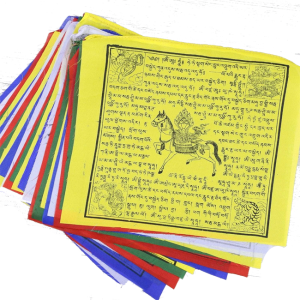
Outdoor Tibetan Prayer Flag
Original price was: $10.00.$8.00Current price is: $8.00. Add to cart -
Sale!
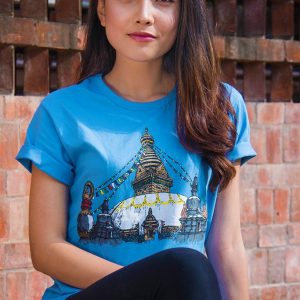
Swayambhunath Printed T-Shirt
Original price was: $30.00.$25.00Current price is: $25.00. Add to cart -
Sale!
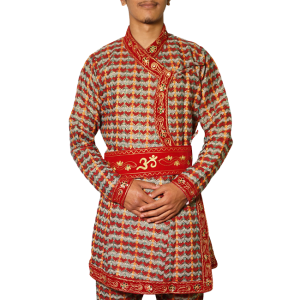
Dhaka Daura Suruwal Set
Original price was: $180.00.$152.00Current price is: $152.00. Add to cart


